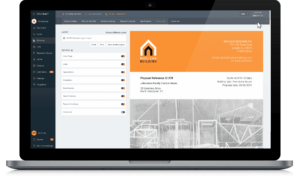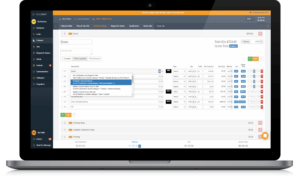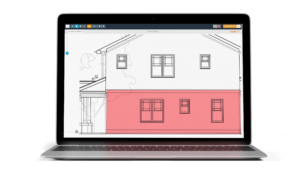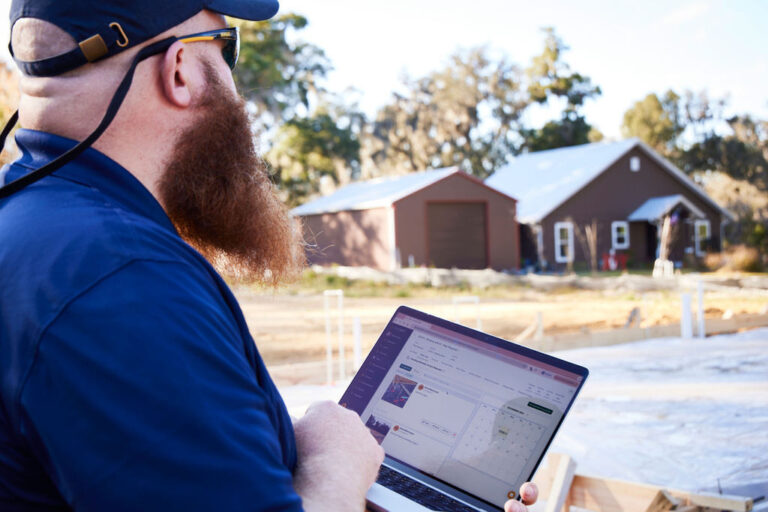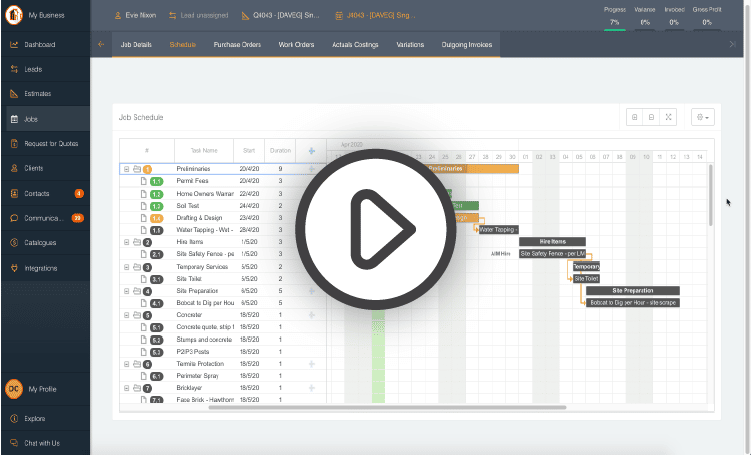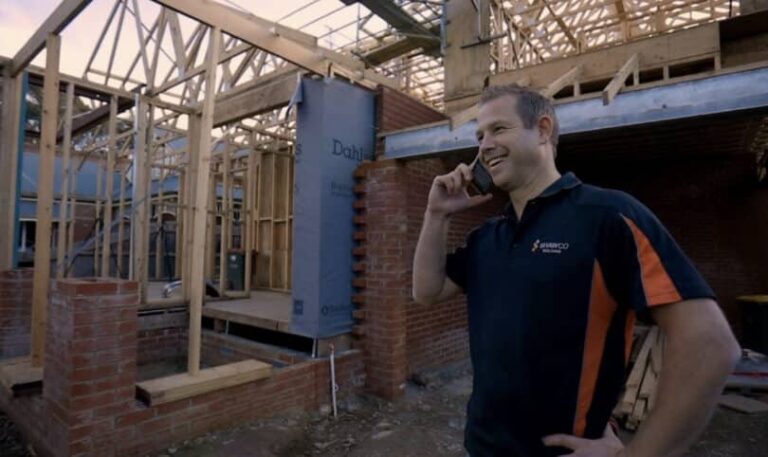When you are part of the construction industry, winning bids and tenders is vital to the success of your business. This makes the construction estimate a crucial step in creating a building company that earns profits, has high customer satisfaction and continues to grow.
Here, we will discuss the steps in the cost estimating process and offer some strategies to help you win more tenders and quotes, and greater project success.
What is construction estimating?
Basically put, a construction estimate is a cost analysis of a construction project. In reality, they are time-consuming, detailed and must consider the client’s vision, input from the design team, the availability of materials and labor, the environment and all the necessary budget requirements.
For accurate construction estimates cloud-based estimating software can save you time and make your business look more professional.
What is a construction tender?
A construction tender is an invitation to provide a formal submission, or proposal to quote on a construction project.
Types of construction tenders
There are a few types of tenders when it comes to construction projects. They include:
- Open tender – these allow anyone to submit a proposal;
- Negotiated tender – this is when a client approaches you alone;
- Selective tender – here, multiple companies are selected to offer a proposal.
An open tender, usually used for Government projects, is advertised and if you are interested in the job, then you can pick up a tender package. With other types of tenders, the packages are often presented to you.
What’s included in a tender package?
The people or agencies that have a building project they want to be constructed will put together a tender package and make it available to the construction companies they want to submit a building proposal.
A tender package will include:
- An invitation to submit;
- A form of tender;
- All preliminary documents and information;
- Pre-construction and site management data;
- The contract and conditions;
- Tender pricing;
- The specifications document;
- Information on the client/company;
- The project’s drawings and specs;
- And, a tender return slip.
This is how you begin to familiarize yourself with the project. From the information in the tender package, you will start to build your proposal or quote.
Responding to a tender request
You should take every tender request seriously and consider it an honor to participate. So, make sure you enter your response within the timeframe the tender package outlines.
Even if you don’t think you are suited to complete the project, you should respond to the client. You can explain why you are not suited, this way you leave the door open with them in case any future projects come up that are suitable to your business model. People don’t like being ignored, but they appreciate honesty.
Make your correspondence professional, timely, clear and concise.
Awarding tenders
The client may not necessarily accept the lowest quote when they award the tender. Instead, they are most likely to award it based on experience, professionalism, abilities, quality and price. If your offer is too low, they may wonder how you can provide quality work. You need to ensure your construction cost estimate is accurate and you cover all your costs as well as your intended profit.
Who should be responsible for construction estimating in a construction project?
Depending on the size of the construction business the responsibility to perform a construction estimate could belong to dedicated cost estimators, the project manager, or the business owner. In a small renovating business, it is often the builder themselves who is responsible for performing them – taking up a lot of their valuable time.
Advantages of getting in front of your customers quickly
The quicker you can build a relationship with your prospective clients the better. Not only can you build a rapport, but you can show your professionalism and market your business.
10 vital steps in the construction estimating process
To win tenders that are profitable for you, you must ensure you produce an accurate cost estimate. If your estimate neglects to include any of the following 10 steps, then you could be losing your business money and clients.
1. Choosing the right work to quote
Before you even start putting much time and effort into your project quote, you need to ensure the job is feasible. Are the client’s expectations attainable? Can you handle the scope of work? Is the timeframe achievable?
You may be able to answer many of these questions through your experience; otherwise, you could use an available historical construction database along with good cloud-based estimating software.
Once you have decided the project is suitable to quote on, then it’s time to move onto the next steps:
2. Reviewing construction specifications
In the tender package, you will find the construction specifications (specs). This document should explain the grade of materials to be used, the kind of installation methods, where the cost responsibilities lay, and it should outline anything else that may affect construction costs.
It should also inform you of any qualifications your team will need, the payment terms, the bonding capacity – surety for the project and the insurance requirements.
3. Reviewing construction drawings
Next, you need to read the technical details from the architectural drawings to get a thorough understanding of the build and the scope of work. This means making a 3D picture of the project in your mind, showing you the elevations and work heights, etc. You should compare the drawings with the specs to clarify any discrepancies between the two.
4. Performing a construction takeoff
From the construction drawings, you must detail every product and material required for project completion. Then from the quantity takeoff you identify the unit costs of the items, and you calculate the overall cost of the project’s materials. A profitable project depends on an accurate estimate.
5. The construction estimate
Now that you have your accurate quantity takeoff, you can add it to your construction estimate. You will also need to include:
- A realistic project timeline – don’t forget to consider any public holidays that may fall during build-time;
- Labor cost- how many workers will be needed and the labor hours? How much will be unskilled labor and how much will be done by tradies or a general contractor?
- Subcontractor costs;
- Other direct costs like equipment, transport, storage and fuel;
- A contingency fund.
Making a mistake when preparing your estimate can be costly; so be sure to check and double-check all your information and calculations.
6. Determining overhead and profit
Whether you call them soft costs, indirect costs or overhead costs, don’t forget to add them into you overall figure. Examples of these include the cost of your office lease, effort needed for estimates, book-keeping costs, sales and marketing.
Now, it’s time to think about your profit margins. Without a healthy profit margin your business won’t succeed. If you have added this to an accurate cost estimation, your profits won’t suffer.
7. Building your construction proposal
Your proposal must be professional-looking and created in a timely manner. It must be detailed, concise and accurate. Try to use similar language as the specs document and the construction drawings. Use it to showcase you and your business – tell the client why you are the right person to lead the job.
8. Construction contract basics
A contract should accompany the other construction documents in your proposal. Some common construction contract types include:
- Fixed-price contract – you assume the risk, but you can make a higher profit;
- Cost-plus contract – the client/owner assumes the risks and you receive an agreed percentage above the project costs;
- Time and materials contract – usually used for smaller projects, where the owner pays for the materials and an hourly labor rate.
The contract is your safeguard, if issues or disagreements arise, you should refer to your contract for resolution; so be sure to make it clear and concise.
9. Handling variations
Another important safeguard is the variation document. If changes need to be made after the construction has begun, a variation must be created. Verbal agreements can change; so get them in writing.
10. Construction estimating software
The most vital tip we can give you to make more profits, save time and for accuracy, is that we recommend you use estimating and construction management software.
Why you should use estimating software during the construction estimating process
If you want to produce a quote that wins, then it has to be quick, professional, accurate, clear and concise. You could spend a lot of time printing paper plans, measuring items depicted in them and then making manual calculations. Or you can save a lot of time by using estimating software.
Some of the advantages to using software:
- It can digitally read drawings, eliminating the chance of missing items;
- A preliminary estimate can be made quickly, allowing you to pick the right projects to bid;
- The software can be your cost estimator. A quantity takeoff can be done 80% faster and with the uploaded material cost lists, accurate estimates are easy;
- Uploaded databases for equipment costs, material unit costs, your indirect costs and even your general contractor costs make accurate construction cost estimating quick;
- It will aid in job management by allowing project managers to set and maintain timelines;
- Cloud-based estimating software allows you to upload your construction documents where they can be accessed from anywhere that has internet access;
- The ability to handle all communication through the one app allows your job management team, workers and trades to keep all communication together throughout the construction process. Where it can be easily referred to, if needed;
- It can also be part of your design team, making your documents, proposals and other communication professional and personalized;
- You can also integrate it with your accounting software to make invoicing simple.
Good quality software requires simple data entry to assist you. With less time and effort, you can use software to stand out from other competing trades with a quote that wins jobs and profits. So, try our 14-day free trial or book a demo and get back your spare time while growing your business and making money.





